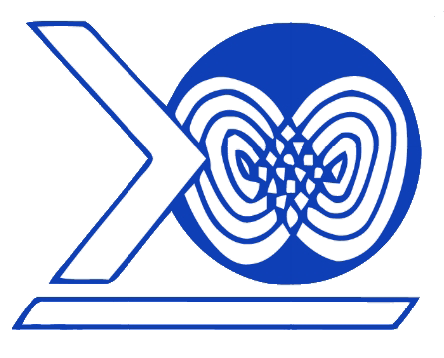Medical Care of Voice Disorders
What kind of questions are expected from one’s doctor?
Correct medical diagnosis in all fields often hinges on asking the right questions, and listening carefully to the answers. This process is known as “taking a history.” Recently, medical care for voice problems has utilized a markedly expanded comprehensive history that recognizes that there is more to the voice than simply the vocal folds. Virtually any body system may be responsible for voice complaints. In fact, problems outside the larynx often cause voice dysfunction in people whose vocal folds appear fairly normal; these individuals would have received no effective medical care until just a few years ago.
What is new in medical care?
Until the 1980’s, most physicians caring for patients with voice disorders asked only a few basic questions such as: How long have you been hoarse? Do you smoke? etc. The physician’s ear was the sole “instrument” used routinely to assess voice quality and function. Visualization of the vocal folds was limited to looking with a mirror placed inside the mouth using regular light, or to direct laryngoscopy (looking directly at the vocal folds through a metal pipe or endoscope) under anesthesia in the operating room. Treatment was generally limited to medicines for infection or inflammation, surgery for bumps or masses, and no treatment if the vocal folds looked “normal.” Occasionally “voice therapy” was recommended, but the specific nature of therapy was not well controlled, and results were often disappointing. Since the early 1980’s, the standard of care has changed dramatically.
What is involved in physical examination of a person with voice problems?
Physical examination of a person with voice complaints involved a complete ear, nose, and throat assessment and examination of other body systems, as appropriate. In 1854, a singing teacher named Manuel Garcia devised the technique of indirect laryngoscopy. He used the sun as a light source and a dental mirror placed in the mouth to look at the vocal folds of his students. This rapidly became a basic tool for physicians, and it is still in daily use, although we now use an electric light rather than the sun (left). This technique is valuable, but has many shortcomings. Effective magnification and photographic documentation are difficult, and standard light does not permit assessment of the rapid and complex motion of the vibratory margin of the vocal folds. After 130 years, the 1980’s finally saw technological advances that address these and other shortcomings (below).
Photograph of normal larynx showing the true vocal folds (V), false vocal folds (F), arytenoids (A), and epiglottis (E). From Sataloff, R.T. Professional Voice: The Science and Art of Clinical Care, Third Edition. San Diego, California: Plural Publishing, Inc.; 2005 with permission
In the last few years, subjective examination has been supplemented by technological aids that improve our ability to “see” the vocal mechanism, and allow quantification of most aspects of its function. When singing the note middle C, for example, the vocal folds come together and separate approximately 250 times per second. Strobovideolaryngoscopy (slow-motion visualization of the vocal folds) used a laryngeal microphone to trigger a stroboscope with illuminates the vocal folds, allowing the examiner to assess them in slow motion. This technology allows detection of small masses, vibratory asymmetries, adynamic segments due to scar or early cancer, and other abnormalities that were simply missed in vocal folds that looked “normal” under continuous light (as opposed to stroboscopic, or pulsed, light). The instruments contained in a well-equipped clinical voice laboratory assess six categories of vocal function: vibratory, aerodynamic, phonatory, acoustic, electromyographic and psychoacoustic. State-of-the-art analysis of vocal function is extremely helpful in diagnosis, therapy, and evaluation of progress during treatment of voice disorders.


